Discover more creatures
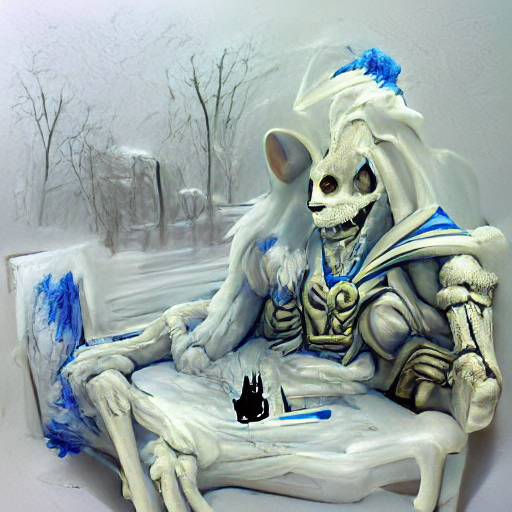
#078 Etorg
Etorgs are the living skeletal remains of eternal giants. Although most have grown bored of life and live solitary lives atop mountains or in colossal underground caves, younger etorgs will sometimes adopt a city, curl up around it, and patiently watch generations of lives unfold. Etorgs also love sandwiches, which they occasionally make by uprooting entire forests to squish between two slabs of planetary crust.
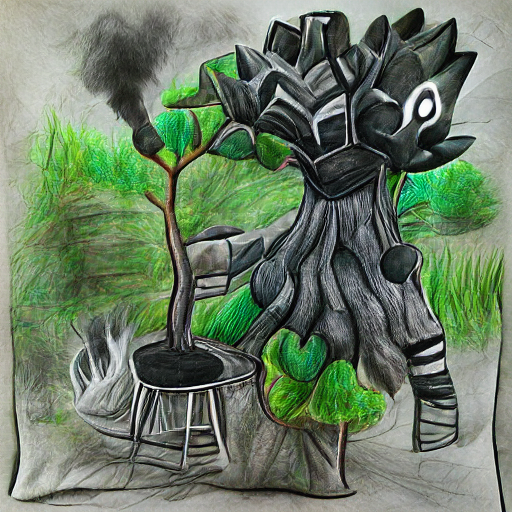
#043 Volcrano
Every volcano has at least one volcrano maintaining it. They do their best to keep out of sight but volcranos are bulky and slow. Volcanos as a species have been fate-bound to feed the volcanic lava until the end of time in order to keep it from seeking food outside of the volcano. It's the instinct they have immediately upon birth and it's the instinct they'll still be mindlessly striving for upon their inevitable death.

#079 Skrayll
Most Skraylls live in the darkest forests, eating shrubs and rodents, although those that live a long time often grow larger and larger. Skrayll bones are made of a soft, rubbery substance that allows them to change over time depending on use, not unlike how muscles grow and shrink. Their rubbery bone material also secretes a slimy substance that hardens into a thick hide when exposed to air, which skyraylls must constantly shed or else they risk mobility problems and/or full paralysis.
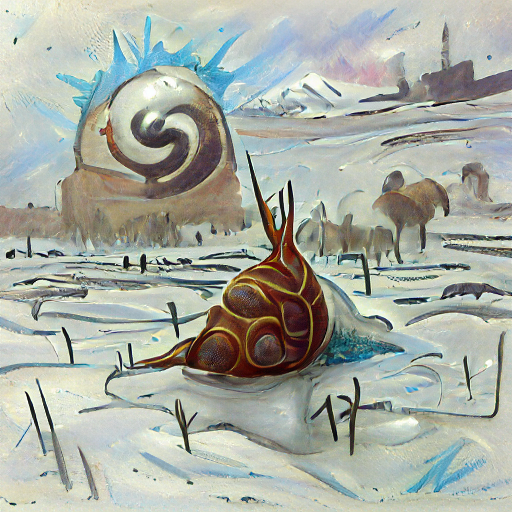
#064 Ytrail
Ytrail are large snail-like creatures found in frozen areas. Their shell is an immaculate conductor of heat, which keeps their body warm on even the coldest days. Domesticated ytrails are often ridden by small children to get to and from school and their friends' houses.

#082 SLP-001
SLP-001 is the codename for the first viable new species designed at the [redacted] facility in [redacted], Virginia. Copies of SLP-001 have a bright, orange skin designed to be easily seen in low-light conditions, and eight octopus-like arms that can [redacted] a victim with a single touch. In the lab, they were made to wear a custom-made [redacted] to prevent any contact with their skin, especially when undergoing [redacted]. Any reports that claim an SLP-001 has escaped from the lab are completely unfounded and false.
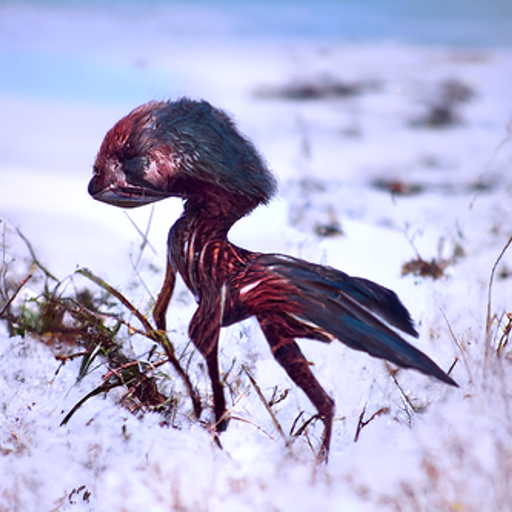
#147 Herling
The herling is a small bird about the size of a housecat. They are mostly harmless, but are often pests because of their tendency to steal and hoard shiny objects. A herling will take any object that catches their eye, including jewelry, coins, pencils, pens, forks, spoons, knives, scissors, and anything else they can carry. They usually hide these objects in the hollows of trees or other dark recesses of their environment. They are also known for the bright red feathers that emit a slight luminescent glow in low light.
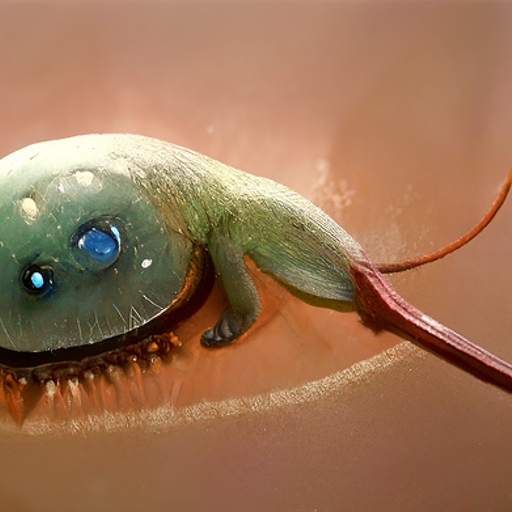
#140 Fydern
The fydern is a green creature roughly the size of a human fingernail. It has twelve short legs and two wiggling antennae, which it uses to catch microscopic bugs. Its body is covered in a thick, greasy layer of skin and fat. If a fydern is taken out of water, its legs will fold in, its antennae will become rigid, and it will quickly become a rock and die. Solid fydern are sometimes polished and sold as gemstones to those who don't know better, as they don't begin to stink until months after dying.

#247 Rhaizel
The rhaizel is a quadrupedal creature with a long, spindly body. It has two sets of arms, one of which is normal in size and the other of which is short and stubby. It has a wide, fanged maw and small, beady eyes. Its skin is covered in stiff, sharp bristles and its legs are equipped with extra sets of claws for climbing. The rhaizel is an agile navigator of any environment and can move both quickly and quietly. Rhaizels reproduce asexually, with themselves, and lay a set of two dozen eggs per year.
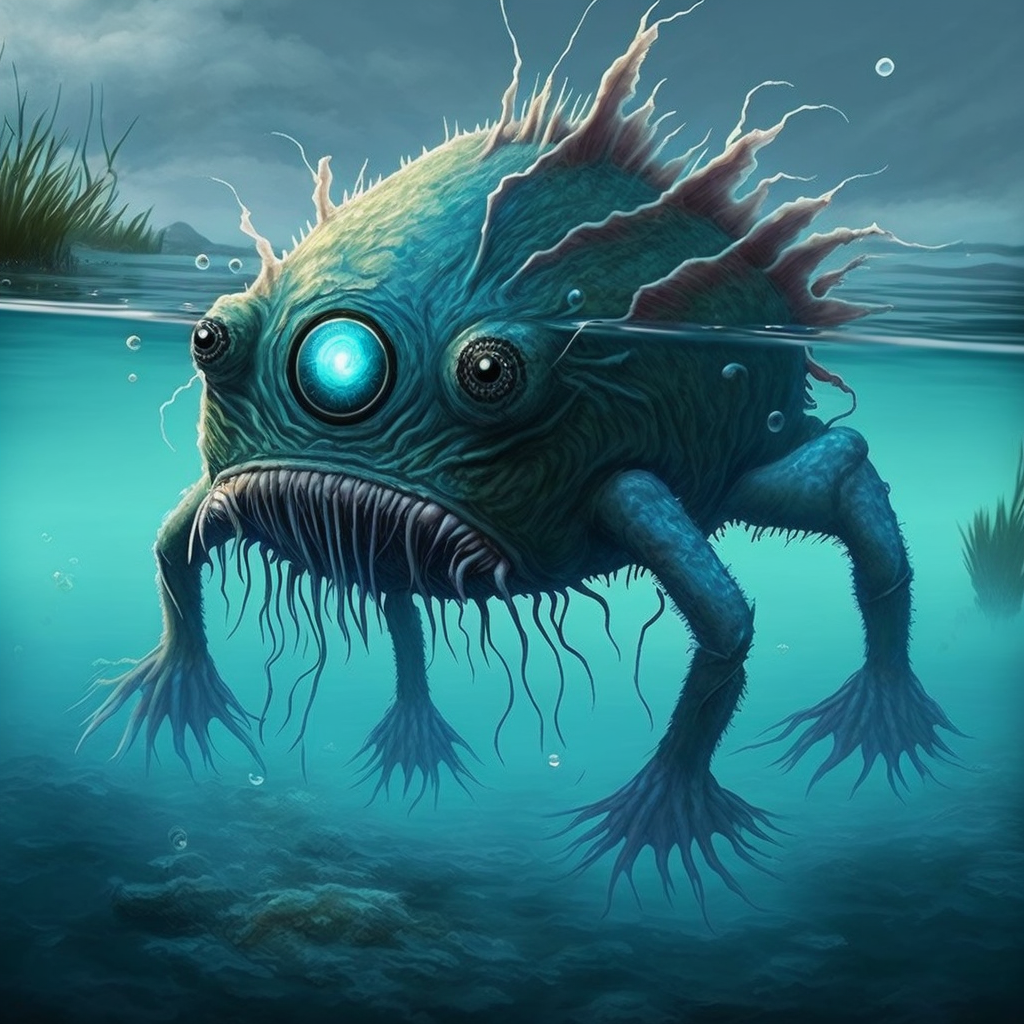
#324 Wogflorp
The wogflorp is a large, somewhat docile creature that is often mistaken for a drifflefert. It likes to wander around the edge of shallow water, moving at the same pace as the current. It is often found sunning itself on the shore, but if disturbed it will flee into the water and hide. Due to their size, their glowing nose, their loud breathing (and numerous bubbles produced when breathing underwater), and their awkward, limited mobility, wogflorps are very bad at hiding — especially from predators who've gotten a wiff of their delicious aroma.
Popular Stories
-
A Dance as Old as Stone by Anonymous user #144
Beneath the craggy, frost-kissed peaks, where mountain airs do blow, The d'geft dwell, a solitude, in realms of stone and snow. Not as we, their lives they lead, in hollow halls of stone, Passing...
- 274 words
- ♥ 4 kudos
-
O Boolics by Muse
The boolics crawl in circles through the grass, Their lives so simple, so free from class. But in the night, they dream of more, A perfect life within their shell; a world to explore. But when t...
- 121 words
- ♥ 3 kudos
-
Ode to Dirbs by Muse
The dirb wanders fields of green With legs so thin, they're not easily seen They search for seeds and scraps to eat A diet that is mostly sweet Though fragile, their legs will mend From every bu...
- 85 words
- ♥ 1 kudo
-
Shadow of an Unknown Past Preview by Jessica
CHAPTER ONE OMENS Mariea Mariea didn’t know where she was—everything was unfamiliar, and she couldn’t remember how she had ended up there. All she knew was that it was too dark to see, and th...
- 3,983 words
- ♥ 2 kudos
-
/that/ time of year by MJ
"Is everything in the car?" My dad calls from the front door. His glasses are low on his nose, making the bags under his eyes look even larger. He's wearing a burnt orange vest over a black t-shirt...
- 582 words
- ♥ 7 kudos
-
The Rogue's Steel-Chapter I by T
"Get back here Mavros!" Helios dodged a merchant and his cart. He huffed, as he glanced toward which direction he could go. He bolted towards an alleyway, skidding on the dirty cobblestone. "Maybe ...
- 3,044 words
- ♥ 6 kudos







